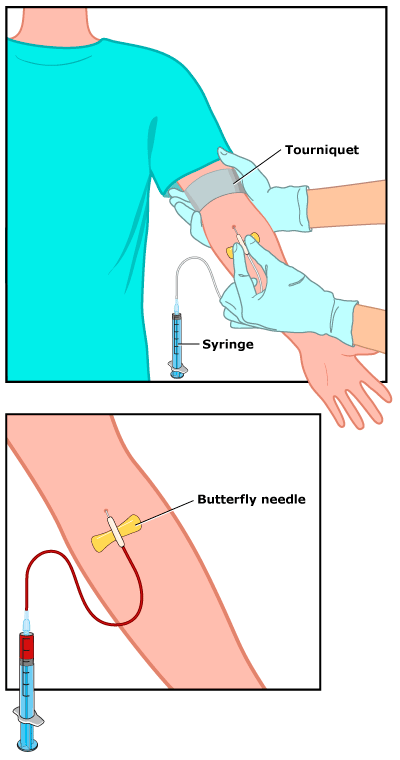What Is a Blood Test?
A blood test is when a sample of blood is taken from the body to be tested in a lab. Doctors order blood tests to check things such as the levels of glucose, hemoglobin, or white blood cells. This can help them detect problems like a disease or medical condition. Sometimes, blood tests can help them see how well an organ (such as the liver or kidneys) is working.
What Is a Basic Metabolic Panel (BMP)?
The basic metabolic panel (BMP) is a blood test that gives doctors information about the body's fluid balance, levels of electrolytes like sodium and potassium, and how well the kidneys are working.
Why Are Basic Metabolic Panels Done?
A BMP is done to learn information about the levels of:
- Glucose, a type of sugar used by the body for energy. High glucose levels may point to diabetes.
- Electrolytes:
- Calcium, which plays an important role in how muscles and nerves work.
- Sodium, potassium, carbon dioxide, and chloride, which help control the body's fluid levels and its acid-base balance. Normal levels of these electrolytes help keep cells in the body working as they should.
- Blood urea nitrogen (BUN) and creatinine, which are waste products filtered out of the blood by the kidneys. These levels show how well the kidneys are working.
How Should I Prepare for a BMP?
You may be asked to stop eating and drinking for 8 to 12 hours before a BMP. Tell your doctor about any medicines you take because some drugs might affect the test results. Wearing a T-shirt or short-sleeved shirt can make things easier for you on the day of the test.
How Is a BMP Done?
Most blood tests take a small amount of blood from a vein. To do that, a health professional will:
- clean the skin
- put an elastic band (tourniquet) above the area to get the veins to swell with blood
- insert a needle into a vein (usually in the arm inside of the elbow or on the back of the hand)
- pull the blood sample into a vial or syringe
- take off the elastic band and remove the needle from the vein
Collecting a sample of blood is only temporarily uncomfortable and can feel like a quick pinprick.

Can a Parent Stay With Me During a BMP?
Parents usually can stay with their child during a blood test. Try to relax and stay still because tensing muscles can make it harder to draw blood. You might want to look away when the needle is inserted and the blood is collected. Try taking slow deep breaths or singing a favorite song to help you relax.
How Long Does a BMP Take?
Most blood tests take just a few minutes. Occasionally, it can be hard to find a vein so the health professional may need to try more than once.
What Happens After a BMP?
The health professional will remove the elastic band and the needle and cover the area with cotton or a bandage to stop the bleeding. Afterward, there may be some mild bruising, which should go away in a few days.
When Are BMP Results Ready?
Blood samples are processed by a machine, and it may take a few hours to a day for the results to be available. If the test results show signs of a problem, the doctor might order other tests to figure out what the problem is and how to treat it.
Are There Any Risks From BMPs?
A basic metabolic panel is a safe procedure with minimal risks. Some teens might feel faint or lightheaded from the test, and a few have a strong fear of needles. If you're anxious, talk with the doctor before the test about ways to make the procedure easier.
A small bruise or mild soreness around the blood test site is common and can last for a few days. Call your doctor if the discomfort gets worse or lasts longer.
If you have questions about the BMP, speak with your doctor or the health professional doing the blood draw.


